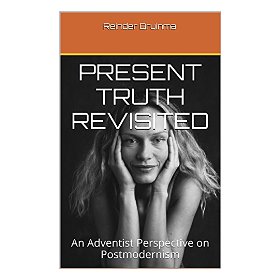[Posted Sunday morning] The past week was very special. Not just because we celebrated Christmas. But, it was especially special because of the fact that my wife Aafje and I had our fiftieth wedding anniversary.
Passing the milestone of fifty years of marriage brings lots of congratulations. Mentioning it on your Facebook page will see to that! That is very enjoyable. But to be together for fifty years is most of all a reason for gratitude. Although golden wedding anniversaries are not rare, there are lots of couples that do not reach this half century mark. One must marry rather young to increase the changes of reaching this goal. And, nowadays, many people cohabit for many years before getting officially married. So, if you start counting from the moment you received your official license, you reduce your changes of a golden wedding anniversary. And, of course, there may be many reasons why a marriage does not last for half a century.
Must you be perfect to be sure that your marriage will endure? That was, in any case, not our secret. My wife is possibly a bit more perfect that I am—but being perfect, or always having made perfect choices, it something we cannot pretend. Our life together has not been perfect, and neither has our life as a family, but we did have a happy and certainly very satisfying fifty years with a lot of variation—and we hope that we have many such years in good health ahead of us.
Of course, I ask myself: why did we succeed in remaining together, while so many do not succeed? The main requirement is, of course, that there is love and loyalty. But I have also concluded that a couple must not only do and experience a lot of things together, but must also give each other enough individual space. There must be common interests and ideals, but each partner must also be able to pursue his/her own interests and be able to have his/her own opinions. As to this latter aspect, we have no reason to complain.
This very special week is past. A few more days and 2014 is behind us. It has, in fact, also been a special year. Two things have marked this year in particular. First, our three months in California, where I served during a quarter as a visiting professor at Loma Linda University. And, secondly, the unfortunate fall of Aafje, which left her rather handicapped during a number of months and forced me to spend much more time than usual performing household duties. In addition, the work of editing the Festschrift for dr. Bertil Wiklander was a major undertaking. And many other projects made 2014 quite a full year.
Now there are a few quiet days left to bring 2014 to a close. Yesterday (Friday) we drove North to Assen where we spent a few enjoyable hours at the exhibition of the Russian painter Malevich in the newly renovated Museum of Drenthe. Today (Saturday) I had to face the first snow of this year when driving to Rotterdam, where I preached. During the coming days I hope to spend some good hours with the final 250 pages of Bart van Loo’s fascinating new biography of Napoleon and with the amusing book of Herman Finkers, that I found under the Christmas tree. Its title already provides a foretaste of the kind of humor that characterizes this comedian from the Achterhoek (a region in the East of the country): The Seminar ‘How to Deal with Disappointment’ is cancelled once again!


